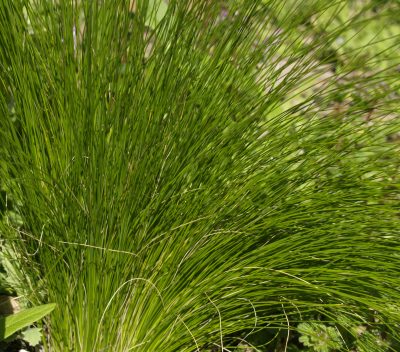What’s wrong with my loquats?
Thank you to Rachel Jackson for this great question! Here’s what happened: last summer one of them started wilting and then several trunks died while other parts of it lived. There is bark damage on the dead limbs, but the living trunk has put out blossoms.
We consulted Texas AgriLife Extension fruit specialist Jim Kamas. Here’s what he says.
It’s almost undoubtedly cold injury. Loquat is a relatively cold hardy sub-tropical, but last year the warm temperatures during the end of January caused a loss of hardiness in all plants. The cold front that came through on the first of February caused a sudden drop in temperatures. We went from 74 degrees to 11 degrees in about 22 hours. This caused freeze injury on almost everything. We even lost grapevines and peach trees. It is not surprising that loquats were injured even if they were in a protected location. The trunk injury and the description of how the plants collapsed, along with trunk weeping, are consistent with how we see plants respond. Here’s what to do: Keep the plants well watered, but not saturated, over the winter. The drought last winter greatly exacerbated the problem with cold injury. Trees can indeed repair themselves, but don’t be surprised if limbs continue to collapse and bark sloughs off of the trunk. Just keep the plants in as good of health as possible, remove dead wood, and hope for the best.

 Daphne Richards
Daphne Richards
 Trisha Shirey
Trisha Shirey